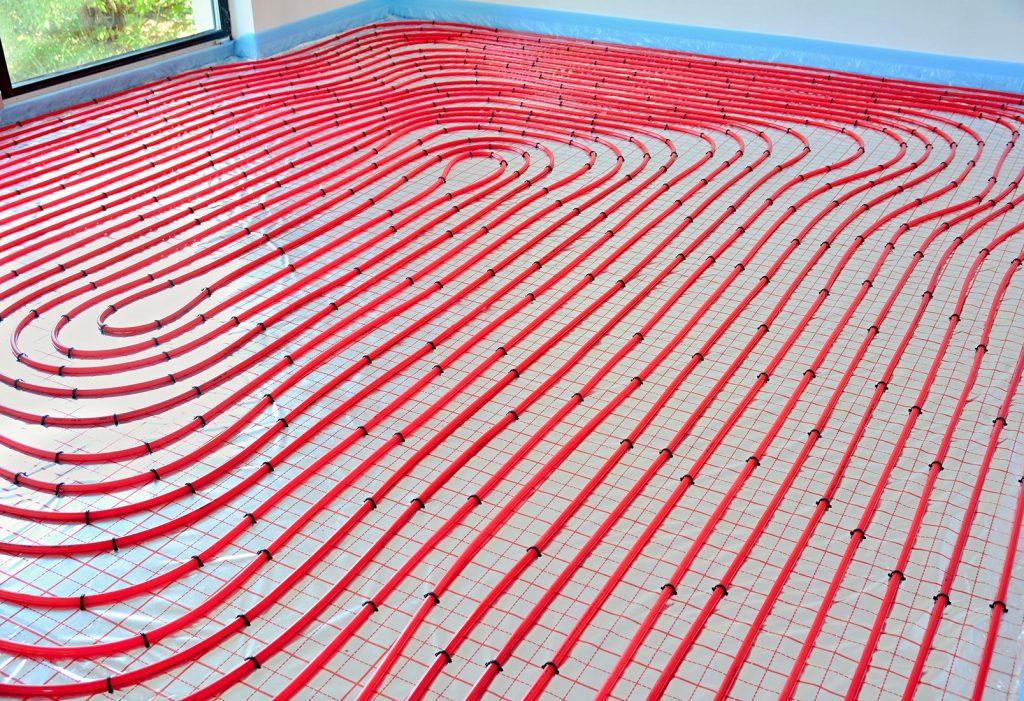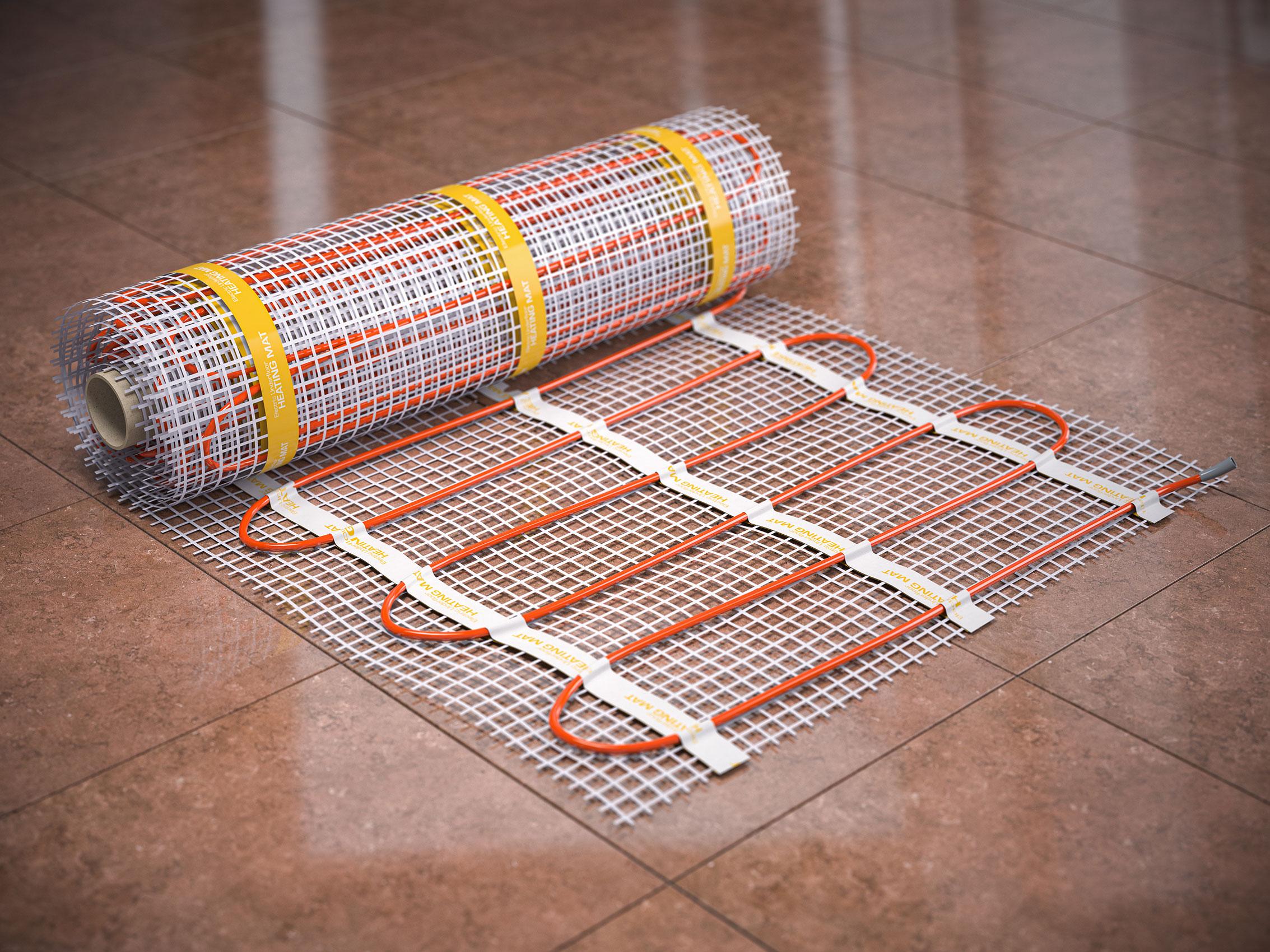Underfloor heating (UFH) is an efficient and luxurious way to heat a home, but to maximise its effectiveness, proper insulation is essential. Without it, much of the heat can be lost into the subfloor rather than warming the room. In this guide, we will cover where to place insulation for both wet (hydronic) and dry (electric) UFH systems, ensuring optimal energy efficiency and comfort.
Why Insulation Matters for Underfloor Heating
Before diving into placement, it is important to understand why insulation is crucial for UFH:
- Minimises heat loss – Prevents warmth from escaping downwards into the subfloor.
- Increases efficiency – Reduces the amount of energy needed to heat the floor.
- Speeds up heat-up time – Helps rooms warm up faster and retain warmth longer.
- Lowers running costs – More efficient heat distribution means reduced energy bills.
Whether installing UFH on a concrete slab, suspended timber floor, or a floating floor, the correct insulation placement makes a significant difference.

Where to Place Insulation for Underfloor Heating

1. Below the Heating System (Essential)
This is the most important insulation layer. It prevents heat from escaping downwards into the subfloor and ensures warmth is directed into the room.
For concrete subfloors, rigid insulation boards such as PIR (polyisocyanurate), EPS (expanded polystyrene), or XPS (extruded polystyrene) should be installed beneath the UFH system. The recommended thickness typically ranges from 25mm to 100mm, depending on building regulations and space availability.
For suspended timber floors, insulation should be placed between the joists to prevent heat loss into the void beneath. In most cases, a thickness of 50mm to 100mm is suitable.
In new builds or major renovations, using thicker insulation can help meet energy efficiency standards and significantly reduce heating costs.
2. Around the Perimeter (Edge Insulation)
Edge insulation is installed around the perimeter of the room to prevent thermal bridging and allow for the natural expansion and contraction of the flooring.
This insulation is usually in the form of flexible foam or fibre-based strips, typically between 5mm and 10mm thick. It should be placed along the edges of the floor, where the heated screed meets the walls.
While often overlooked, this step is crucial for improving overall heating efficiency and preventing unnecessary heat loss into adjoining walls.
3. Above the Heating System (Optional for Some Floors)
In certain cases, an additional insulation layer above UFH can help distribute heat more evenly.
For electric UFH mats, particularly under laminate, carpet, or floating floors, a thin reflective layer (such as foil insulation) can be added to enhance efficiency.
For wet UFH in floating floors, a thin insulation board may sometimes be used above the heating pipes. However, this should always be done according to the manufacturer’s recommendations, as additional insulation above the system is not always necessary or beneficial.
Best Insulation Approach Based on Floor Type
The ideal insulation approach depends on the type of floor construction:
For concrete subfloors, rigid insulation should always be placed below the UFH system to minimise downward heat loss.
For suspended timber floors, insulation should be installed between the joists to prevent heat from escaping into the void beneath the floor.
For floating floors, a thin insulation layer may be used beneath electric UFH mats, while rigid insulation is required beneath wet UFH systems with screed.

Additional Considerations
Check Building Regulations – In the UK, insulation must meet Part L efficiency standards.
Consider Screed Depth – For wet UFH, insulation affects screed thickness and heat retention.
Choose the Right Insulation – Thicker insulation improves efficiency but may raise floor height.
Final Thoughts
Installing the right insulation with an underfloor heating system is key to efficient and cost-effective heating. Whether the project involves a concrete slab, timber floor, or floating floor, insulation should always be placed below the heating system to minimise heat loss and improve efficiency.
Planning a UFH installation? Ensuring the correct insulation setup will make a significant difference in both comfort and long-term energy savings.
